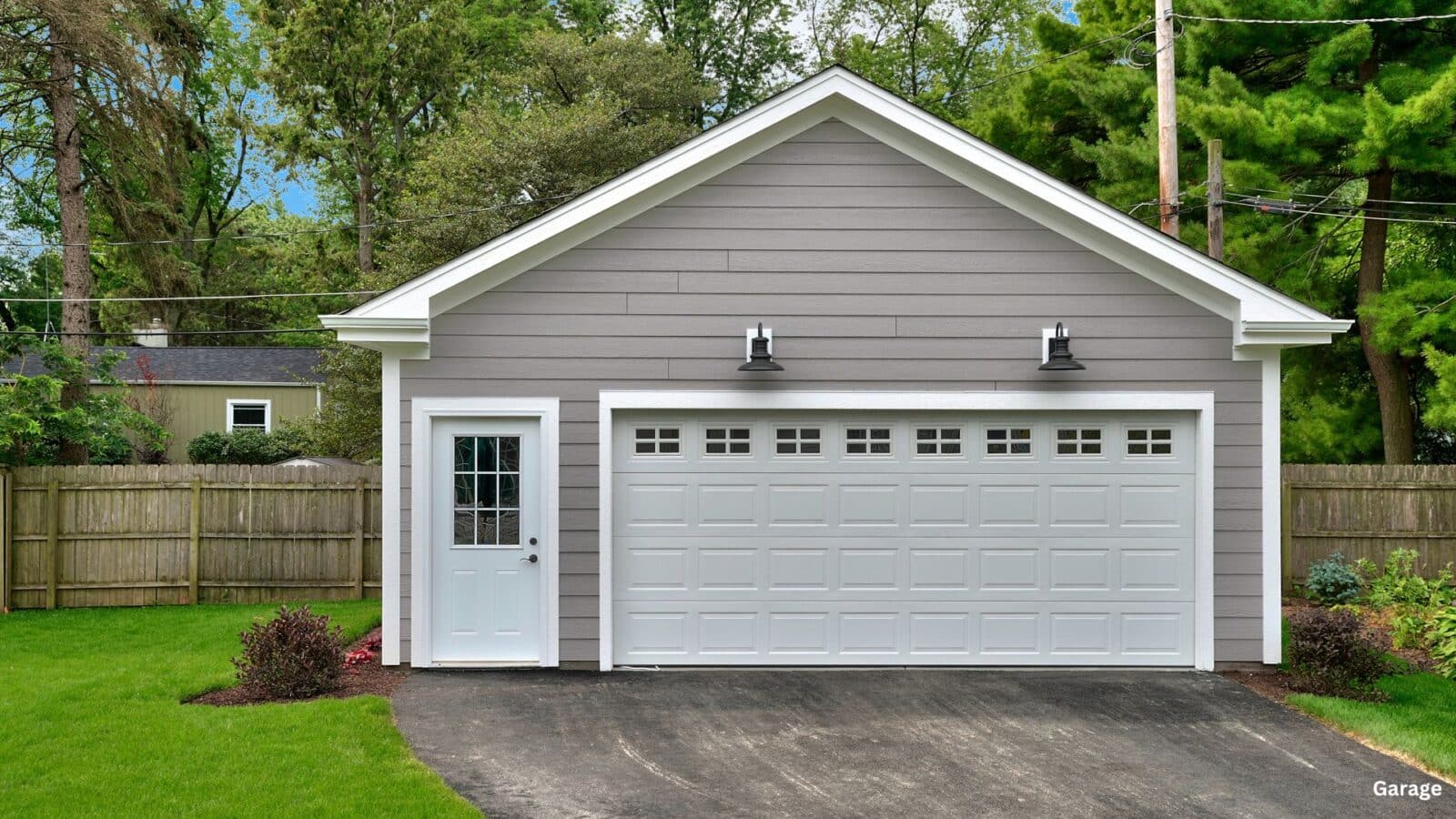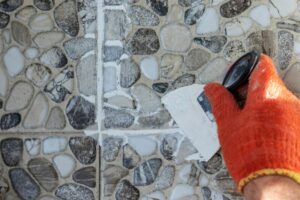If you’re looking for a simple and effective way to improve the comfort and energy efficiency of your home, garage door insulation is a smart solution. By installing insulation on your garage door, you can reduce heat transfer, lower energy bills, and create a more comfortable space year-round. Not only does garage door insulation help regulate temperature, but it also reduces noise and boosts the durability of your door.
In this guide, we’ll explore the benefits of insulated garage doors, the different types of insulation available, and a step-by-step process for insulating your garage door to maximize its performance.
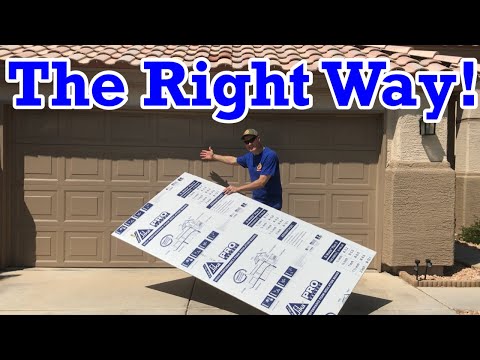
How to Insulate a Garage Door?
Installing garage door insulation is a relatively easy DIY project that can be completed by many in a day or less.
Follow this a step-by-step guide to how to install garage door insulation:
1. Choose your insulation
Decide which type of insulation you want to use and purchase enough material to cover your garage door. Measure the height and width of your door to determine how much material you will need.
2. Prepare the door
Clean the surface of the door and make sure it is free of any dirt, dust, or debris. Remove any existing insulation if necessary.
3. Cut the insulation to size
Cut the insulation material to fit the height and width of your door, allowing for a little extra on the sides to account for any door movement.
4. Install the insulation
Depending on the type of insulation you are using, you can either staple or glue it to the back of the door. For batt or wool insulation, place it between the panels of the door and staple it in place. For foam board insulation, use a construction adhesive to attach it to the back of the door. For spray foam insulation, follow the manufacturer’s instructions for application.
5. Seal around the door
Once the insulation is in place, you will want to seal around the edges of the door to prevent air from entering or escaping. Use weatherstripping or caulk to seal any gaps or seams.
Enjoy your newly insulated garage door: With your new insulation in place, you should notice a significant reduction in heat transfer and improved energy efficiency in your garage.
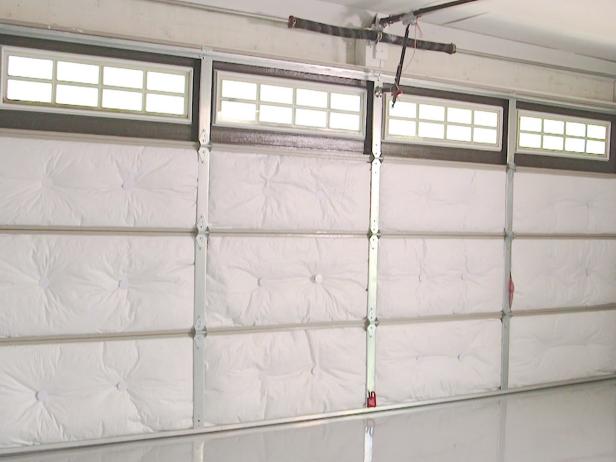
Benefit of Insulated Garage Doors
Insulating your garage door provides several benefits, including:
1. Energy Efficiency
Insulated garage doors can reduce heat transfer from the outside to the inside of your garage. This can help to keep your garage cooler in the summer and warmer in the winter, reducing the need for heating and cooling. By reducing energy costs, insulated garage doors can help you save money on your monthly energy bill.
2. Increased Comfort
An insulated garage door can help to improve the overall comfort of your garage. By reducing temperature swings, it can create a more stable and comfortable environment, making it more enjoyable to use your garage for hobbies, storage, or other purposes.
3. Noise Reduction
Insulated garage doors can also help to reduce noise transfer from the outside to the inside of your garage. This can help to create a quieter and more peaceful environment, especially if you use your garage for hobbies or other activities that require concentration.
4. Improved Durability
Insulated garage doors are generally more durable than uninsulated doors. This is because the insulation helps to prevent warping, bowing, and other forms of damage that can be caused by temperature swings.
5. Increased Resale Value
Insulated garage doors can also increase the resale value of your home. A well-insulated garage door is seen as a desirable feature by many homebuyers and can help to increase the value of your home when you sell it.
Without a doubt, insulated garage doors offer numerous benefits that can help to improve the energy efficiency, comfort, durability, and resale value of your home.
If you are considering replacing your garage door, it is a smart investment to choose an insulated door that can provide long-lasting benefits for you and your family.
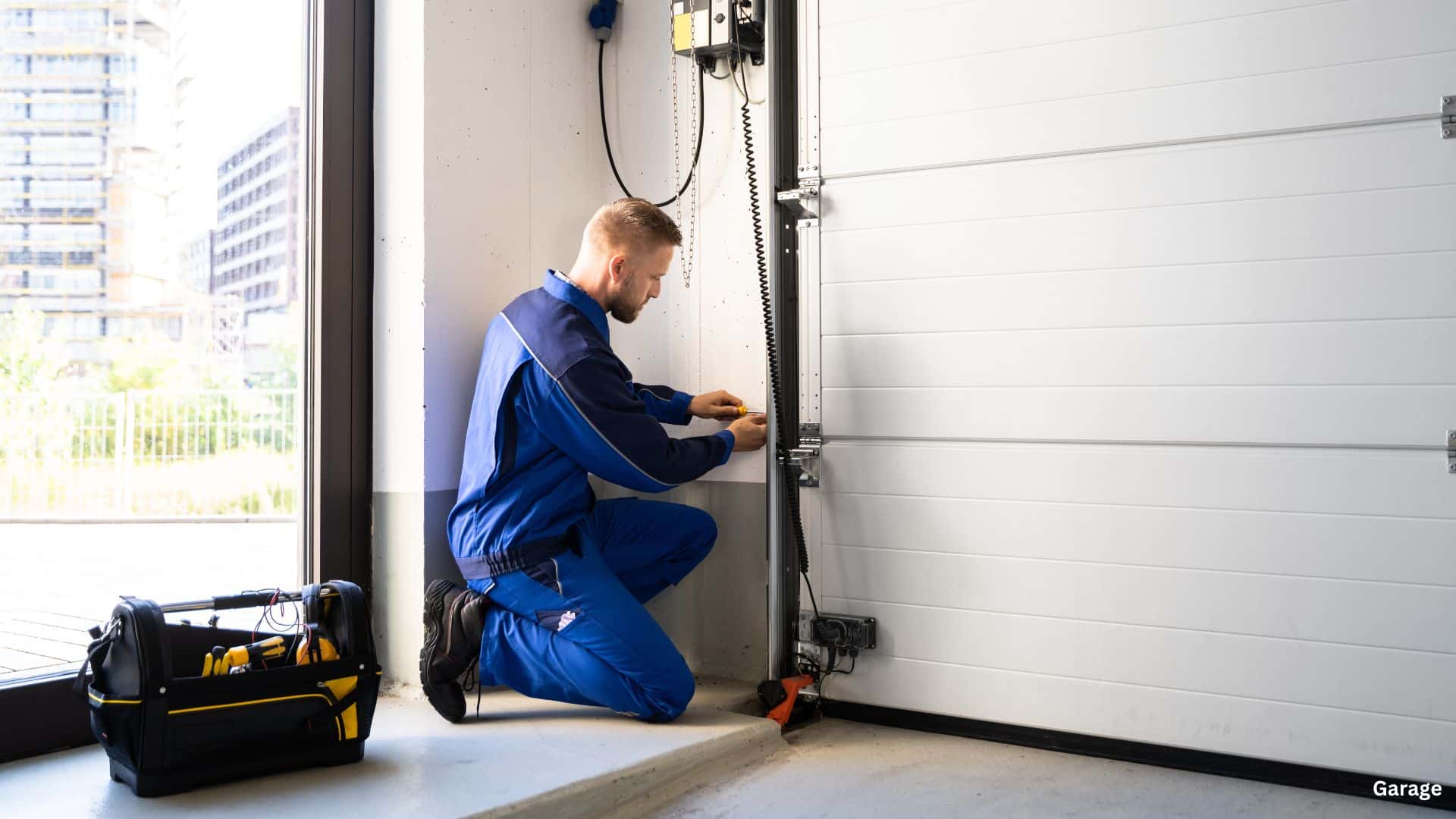
Types of Insulation
When choosing a type of garage door insulation, first consider your budget, then the insulation properties you want, and the ease of installation.
All seven types of insulation we listed below can be effective in reducing heat transfer and improving energy efficiency, so the best option for you will depend on your specific needs and preferences.
1. Reflective Insulation
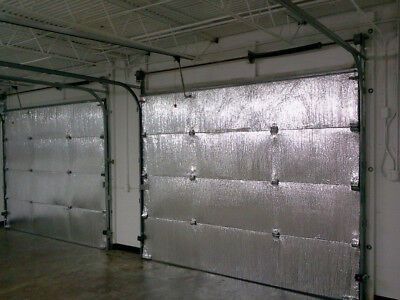
Reflective insulation is made from a layer of reflective material, such as aluminum foil, that reflects heat and light. This type of insulation is easy to install, lightweight, and highly effective in reducing heat transfer. Reflective insulation is typically sold in rolls or sheets and can be cut to size to fit your garage door. It is a great option for those who want a simple and inexpensive solution for insulation.
2. Foam Board Insulation
Foam board insulation is made from rigid panels of foam that are placed between the garage door panels. This type of insulation provides excellent insulation properties and is more durable and long-lasting than reflective insulation. Foam board insulation is available in different thicknesses and densities, so you can choose the right type for your needs. This option is a bit more expensive than reflective insulation, but it is also more effective.
3. Batt Insulation
Batt insulation is made from fiberglass, cellulose, or another type of insulation material that is rolled out between the garage door panels. This type of insulation is easy to install and provides good insulation properties, but not as effective as foam board insulation. Batt insulation is available in different R-values, which measure its insulating ability, so you can choose the right type for your garage. This option is a good middle ground in terms of cost and effectiveness.
4. Spray Foam Insulation
Spray foam insulation is a type of insulation that is sprayed directly onto the surface of the garage door. It is a highly effective insulation material that provides good insulation properties and seals the door against air and moisture. Spray foam insulation is a more expensive option, but it is also more durable and long-lasting than other types of insulation. It is a good choice for those who want maximum insulation performance and are willing to invest in a more expensive solution.
5. Rigid Foam Insulation
Rigid foam insulation is similar to foam board insulation, but is made from a denser and thicker material. It provides excellent insulation properties and is a good choice for those who want a more heavy-duty solution. Rigid foam insulation is available in different thicknesses and can be cut to size to fit your garage door.
6. Wool Insulation
Wool insulation is a type of insulation made from recycled wool. It is a sustainable and eco-friendly option that provides good insulation properties. Wool insulation is available in batt form and can be easily installed between the panels of your garage door. It is a good choice for those who want a natural and environmentally friendly solution for insulation.
7. Mineral Wool Insulation
Mineral wool insulation is a type of insulation made from natural minerals such as basalt and slag. It is a durable and long-lasting option that provides good insulation properties. Mineral wool insulation is available in batt form and can be easily installed between the panels of your garage door. It is a good choice for those who want a durable and sustainable solution for insulation.
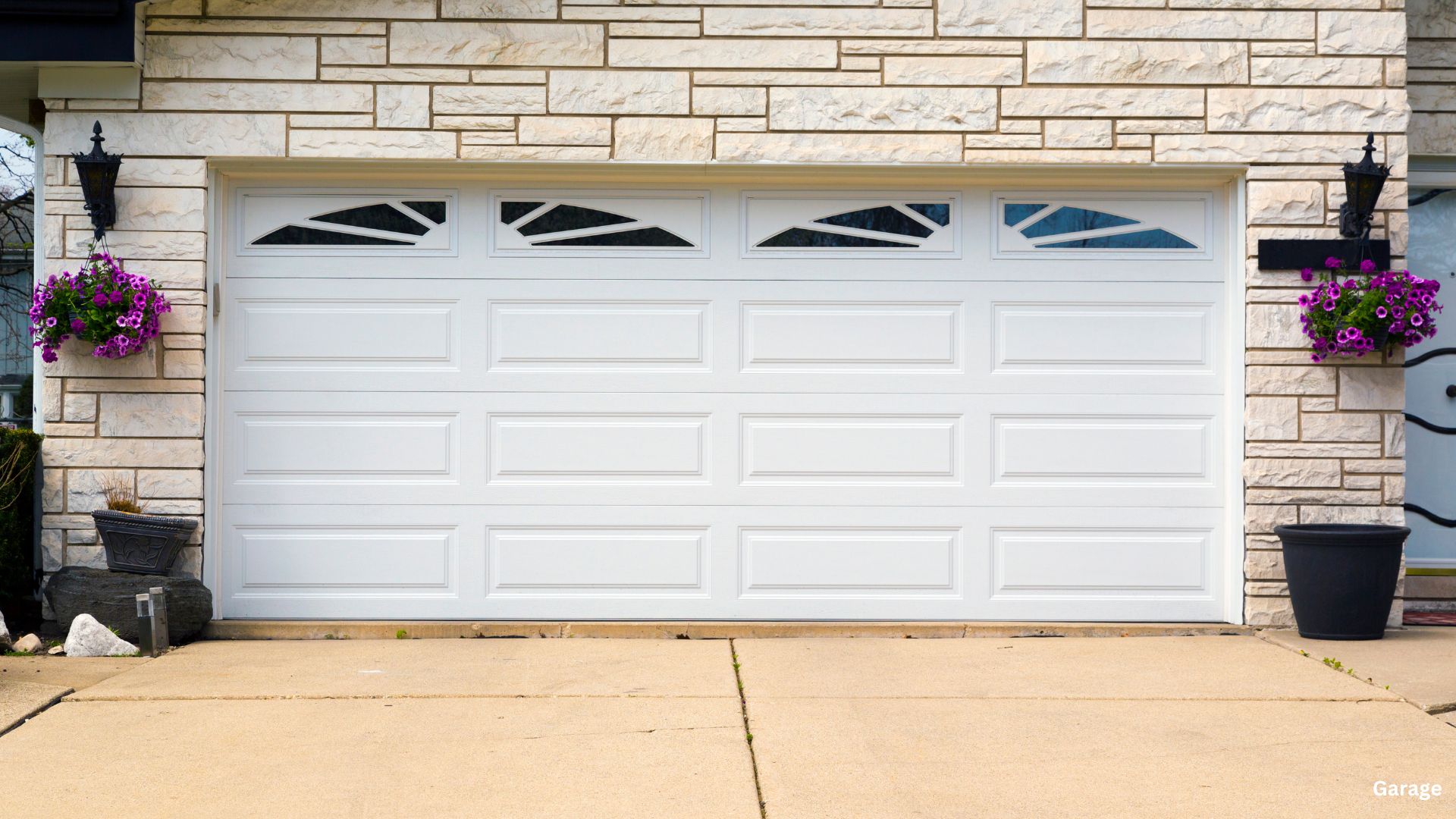
There are many different types of garage door insulation to choose from, each with its own benefits and drawbacks. It’s important to consider your budget, the insulation properties you want, and the ease of installation when choosing a type of garage door insulation. Regardless of which type you choose, insulating your garage door is a smart investment that can help to reduce energy costs, increase comfort, and create a more attractive and functional garage space.
Frequently Asked Questions
What are the main benefits of insulating a garage door?
Insulating a garage door helps improve energy efficiency, reduce noise, increase comfort, and enhance the durability of the door. It can also raise the resale value of your home by making the garage a more attractive and functional space.
What types of insulation can I use for my garage door?
There are several types of insulation to choose from, including reflective insulation, foam board insulation, batt insulation, spray foam insulation, wool insulation, and mineral wool insulation. Each type has its own advantages in terms of cost, ease of installation, and insulation properties.
Is garage door insulation a DIY-friendly project?
Yes, installing garage door insulation is a relatively simple DIY project that can typically be completed in a day. However, it’s important to follow safety guidelines and consider consulting a professional if you’re unsure about the installation process.
